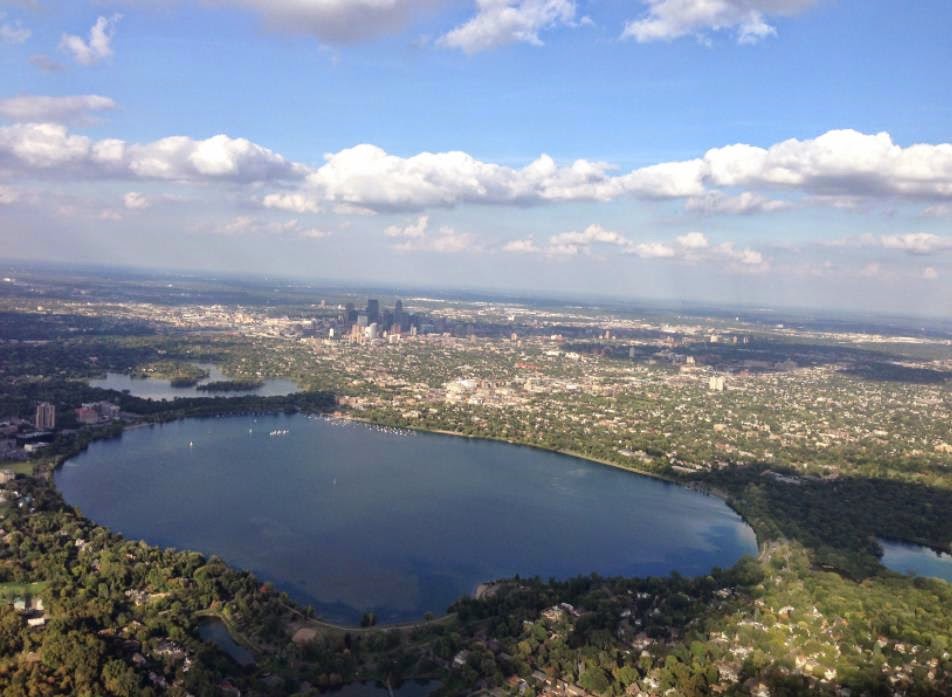67 F. high in the Twin Cities Sunday.70 F. average high on September 21.
64 F. high on September 21, 2013.
September 21, 1996: A brief cold air funnel touchdown resulted in roof damage in Washington County.
September 21, 1936: Summer-like heat continues with 101 at Ada, Beardsley and Moorhead.

The Problem with Bubbles
It’s probably human nature to fall into a nice, predictable rut. We find what works and stick to it: news bubbles that echo what we want to hear, comfortable friendships, work habits that get the job done. We pretend to work, they pretend to pay us.
Maybe it’s a late-blooming midlife crisis, but I’m trying to shake things up a little. Take a different route to work, sample foods that scare me, read articles that challenge me, call an old friend that rubbed me the wrong way 10 years ago.
I don’t pretend to have the answer key, but I suspect doing the same old thing, expecting a different result, truly is the definition of insanity.
We live in our weather bubbles too, fixating on the sky within a 10 mile radius. With smartphone apps we’re at the center of the universe. One size fits all weather is suddenly very 1985.
Finally, a shift in the pattern: a cold trough of low pressure brings rain to California, pushing a bloated ridge of warm high pressure into the Plains. That means a warm bias for Minnesota into early October.
This week looks memorable with a run of 70s. With the exception of a lonely shower Wednesday mellow weather prevails the next 8 days. My kind of bubble.
* image credit above: gulfnews.com.

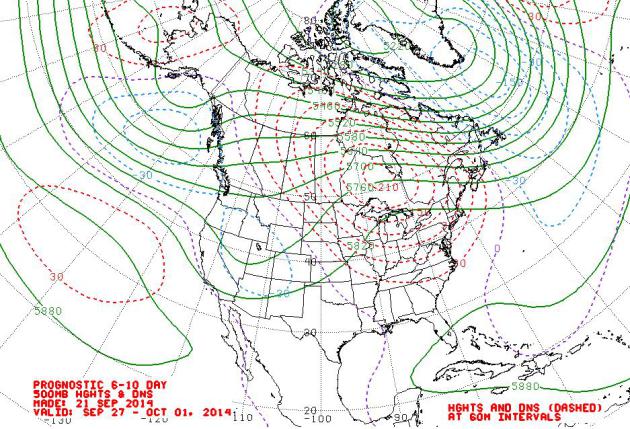
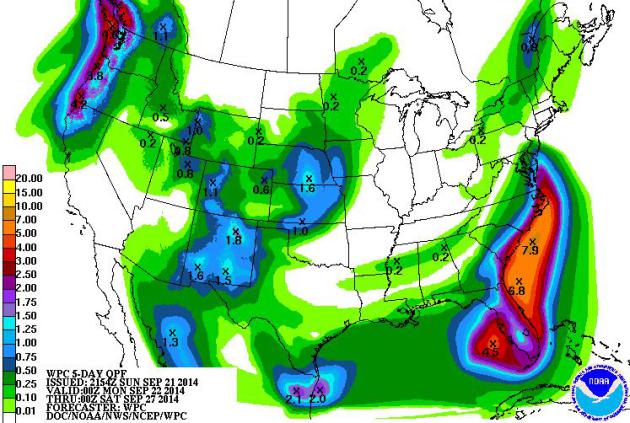
Shifting Gears. A cooler, wetter pattern out west may help firefighters in California’s Sierra Nevada gain some measure of control over the King Fire, which continues to blaze out of control. Meanwhile tropical rains soak Florida, Savannah, Charleston and the Outer Banks of North Carolina with several inches of rain. The tropics remain almost supernaturally quiet. Map: NOAA.
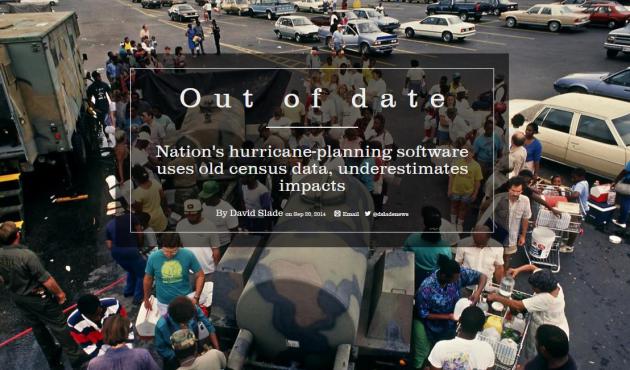
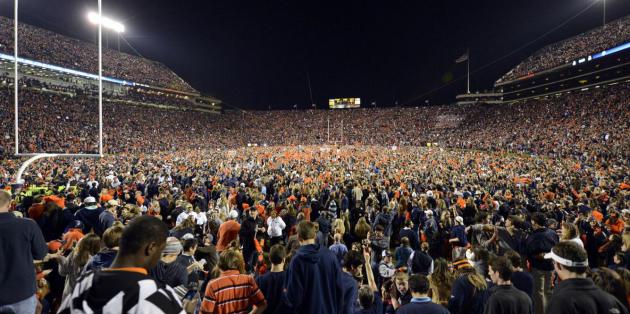
College Football: The Multi-Billion Dollar Business Where The Labor Is Free. Quartz has another interesting article, this time looking at why so many of us are rabid college football fans, and how the economics of football, the huge dollars involved, are changing not only the game, but how colleges operate. Here’s an excerpt: “…And today, as economists debate rising inequality and low minimum wages, college football debates whether student athletes—who aren’t paid, but get scholarships—should be compensated more. Michael Weinreb, the author of the new book Season of Saturdays: A History of College Football in 14 Games, explains that the fervent support for college football stems from one of the most powerful marketing tools there is: nostalgia. “It appeals to people’s nostalgia, because they either went to school there or they grew up there, and they think they can get back to that place,” he tells Quartz...”
Photo credit: “Kind-of a big deal in Alabama.” Reuters/ RVR Photos-USA TODAY Sports.
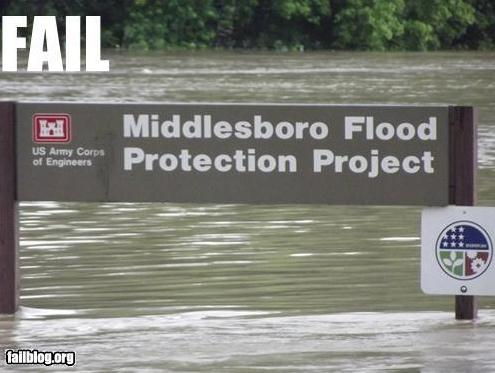
TODAY: Mild sun, close to perfect. Winds: West 8. High: 71
MONDAY NIGHT: Clear and comfortably cool. Low: 50
TUESDAY: Fading sun, still pleasant. Dew point: 50. High: 73
WEDNESDAY: More clouds, stray shower. Wake-up: 57. High: 72
THURSDAY: Lukewarm sun. Distractingly nice. Wake-up: 58. High: 76
FRIDAY: Take a comp day. Hazy blue sky. Wake-up: 59. High: 78
SATURDAY: Sunny, leaves starting to peak up north. Wake-up: 58. High: 79
SUNDAY: Stalled high pressure ridge. Sunny. Wake-up: 57. High: 78
Climate Stories…
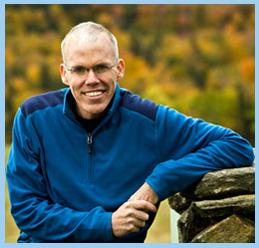
The People’s Climate March: An Interview with Bill McKibbon. The New Yorker has an interview with the founder of 350.org – which may have to change it’s name considering we’re now at 400 ppm; here’s a snippet: “…As individuals, there’s not much we can do. We can change our light bulbs—and we should—but doing so won’t change global warming. It’s a structural, systemic problem that needs to be addressed structurally and systemically. The most important rule for an individual in this fight is to figure out how not to remain an individual, how to join a movement big enough to change the politics. There’s no guarantee that we’re going to win, because it’s a timed test. In this case, if we don’t win pretty soon, it’s going to be a moot point…”

See The Effects of Climate Change in Side-by-Side Images. Mashable has the before and after photos which tell the tale; here’s an excerpt: “…Climate change is real. And while you may hear the statistics and see some effects of climate change in your own backyard, sometimes pictures really are worth a thousand words. The photos below show places on earth that have taken a beating because of climate change. The images compare these locations to other points throughout history — sometimes more than 100 years prior, and sometimes just a few years prior...”
Image credit above: “The Enterprise Bridge passes over a section of Lake Oroville in 2011 (left) and 2014 (right) in Oroville, California, which is experiencing “exceptional” drought.”
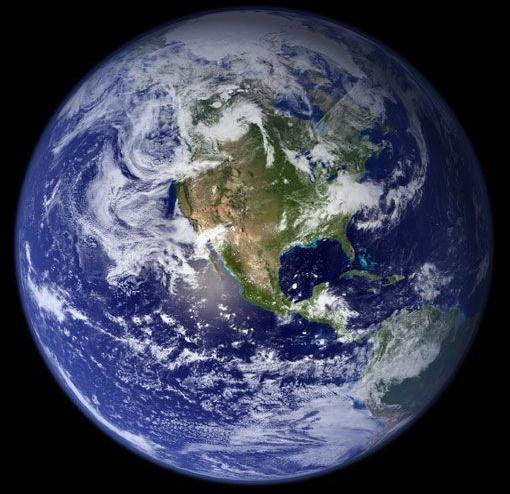
Climate Warning to World Leaders: Stick to 2C Limit or Face “Mayhem”. The Guardian has the article; here’s a clip: “…Scientists say that humans have now poured around 1,950bn tonnes of carbon dioxide into the atmosphere – by burning fossil fuels – over the last 200 years. If that total reaches 3,670bn tonnes, they add, it will be hard to avoid a 2C rise in global temperatures and that would trigger a host of devastating changes to the climate. These would include major rises in sea levels, the melting of ice-caps, droughts in Africa, America and Asia, storms and ocean acidification. The trouble is that, at present rates of fossil fuel consumption, that 3,670bn-tonne limit will be reached in less than three decades...” (Image credit: NASA).
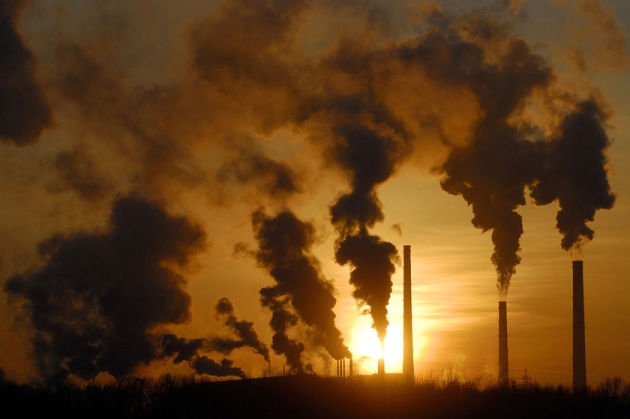
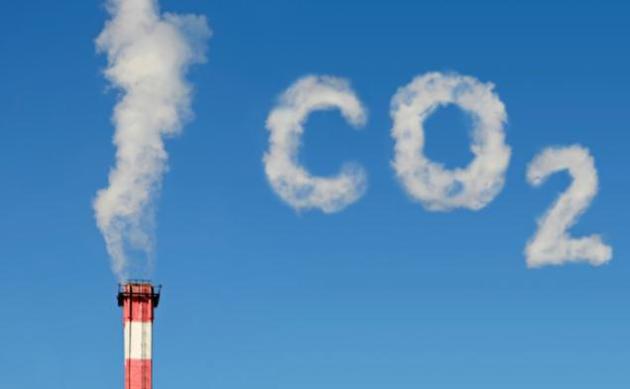
Push For New Pact on Climate Change is Plagued by Old Divide of Wealth. Here’s an excerpt of a New York Times story: “…If history is any guide, the rich countries of the world will say how concerned they are about the damage their emissions of heat-trapping gases are causing. The poor countries — whose people have done little to contribute to global warming but stand to suffer the most from it because of their vulnerability to rising seas and weather extremes — will point out that this professed concern never seems to translate into sufficient action…”
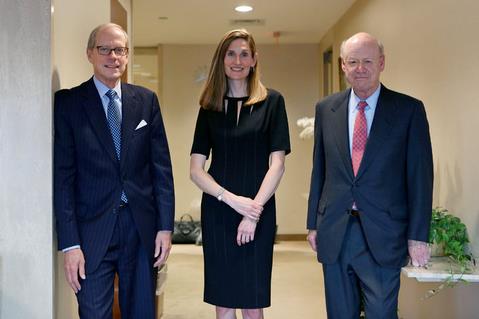
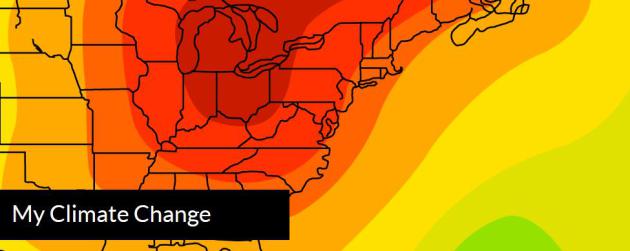
My Climate Change. We all start from a point of skepticism. But if you do more than mouth cable TV talking points and really take time to drill down into the data, you’re left with the knowledge that something really is happening, and odds are it isn’t natural or benign. Here’s an excerpt of Weather Channel Senior Meteorologist Stu Ostro’s story, how he came to acknowledge the science, at Weather Underground: “..Did I suddenly switch from conservative to liberal? No, in fact I consider myself politically independent. I have voted for Republicans, Democrats and Libertarians. (I’ve either now assuaged everyone’s concerns or irritated everyone, or both!) Did The Weather Channel pressure me to change my point of view on global warming or what I communicate about it? Nobody at The Weather Channel, its owners or its advertisers has ever done that. I come to my own objective conclusions, and that will never change. Skepticism is a fundamental part of the scientific process, and healthy when in that vein. I continue to look at data with a skeptical eye. However, skepticism is not constructive when it becomes overwhelming and results in being closed-minded and only seeing what you want to see. So, what convinced me?…”
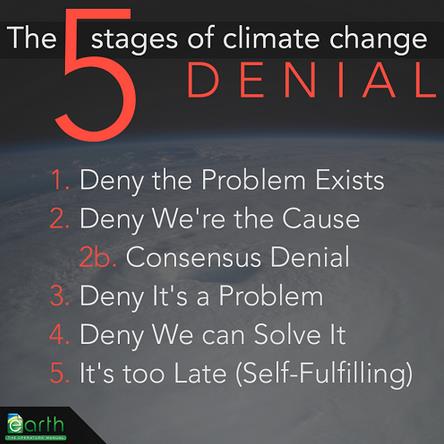
Obama Budget Chief: “Climate Denial” Will Cost the U.S. Billions. Here’s an excerpt from The Hill: “…President Obama’s budget director on Friday said “denial” of climate change will eventually cost the United States “billions of dollars.” Shaun Donovan, delivering his first speech as head of the Office of Management and Budget (OMB), put the focus on an issue not normally associated with the dollars and cents of the federal budget. “Climate action is tremendously important to me,” Donovan said…”

